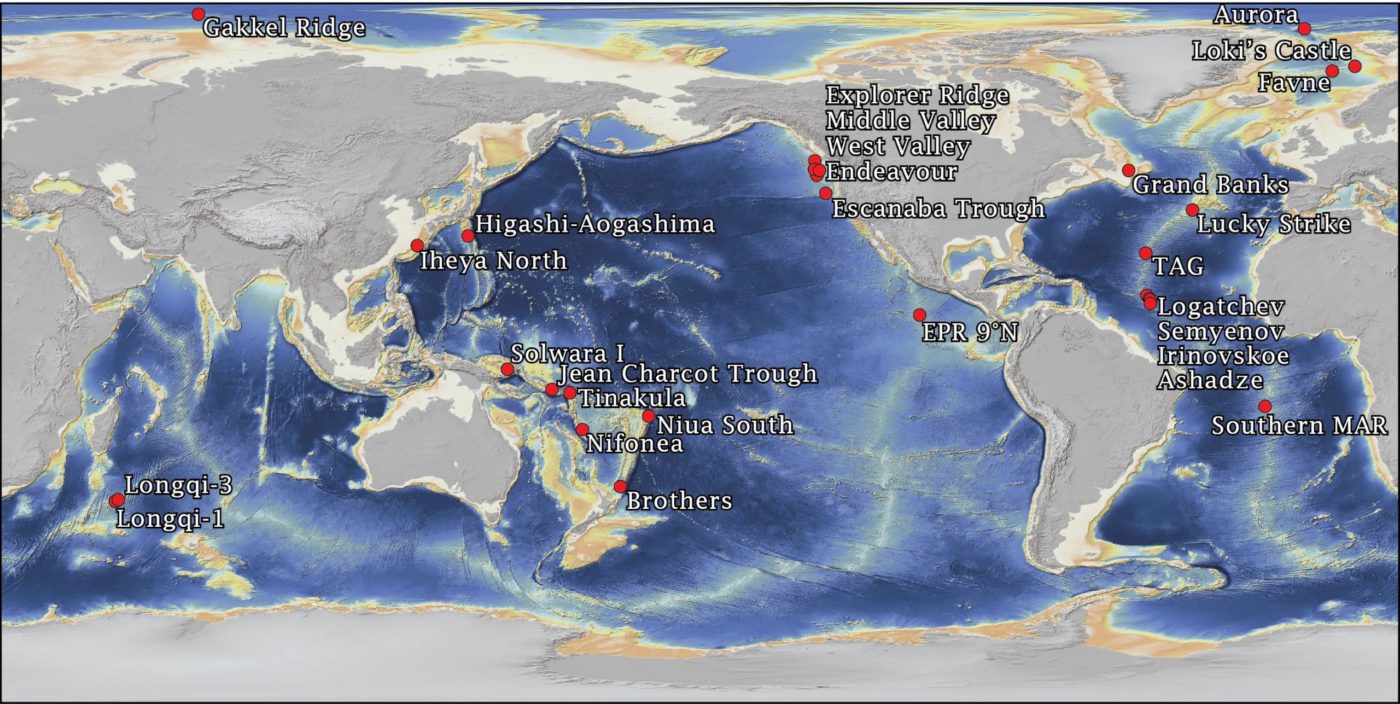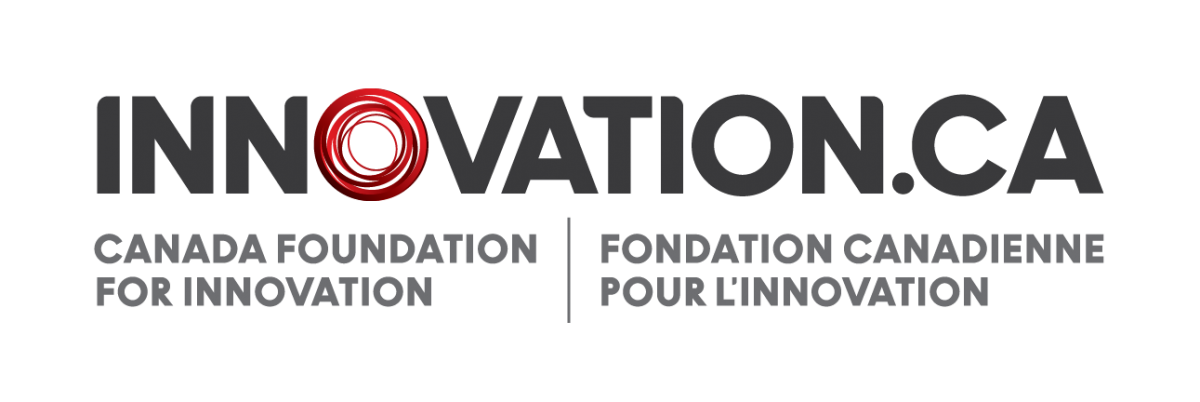The primary goal of the research group is to improve our understanding of submarine hydrothermal systems, including their distribution on the modern seafloor, their importance for elemental cycling between Earth’s crust and oceans, the evolution of hydrothermal vent fields from initiation to extinction, the viability of hydrothermal deposits as a marine mineral resource, and their ecological function as a deep sea habitat. Our group works with partners in Canada, Germany, Norway, France, China, Japan, the UK, and the U.S.
Marine Exploration
The first step to any investigation of submarine hydrothermal processes is the discovery, sampling and characterization of hydrothermal vent fields on the seafloor. We use surface research vessels, autonomous underwater vehicles (AUVs), and towed sensors to conduct geophysical and geochemical surveys (e.g., multibeam echosounders, magnetic surveys, self-potential, and CTDs) of the seafloor along the Earth’s submarine tectonic boundaries, such as mid-ocean ridges, volcanic arcs and backarc basins. These surveys are combined with geological models and interpretation of seafloor morphology to locate sites of active and inactive hydrothermal venting. High-resolution bathymetric maps can be used to locate and provide quantitative constraints on geological features on the seafloor (e.g., the number, distribution and sizes of hydrothermal chimneys and mounds, the length and offsets of faults and fissures). Human occupied submersibles and remotely operated vehicles (ROVs) are used to visually document and sample discovered vent fields.
Composition of Seafloor Hydrothermal Deposits
Back in the lab, collected rock samples are analyzed using a combination of mineralogical and textural analysis (transmitted and reflected light microscopy; X-ray diffraction) and geochemical analysis (inductively-coupled plasma mass spectrometry; instrumental neutron activation analysis; scanning electron microscope; electron probe microanalysis) to investigate the compositions of hydrothermal deposits, including compositional variability within individual vents, variability at the vent field scale, and regional, tectonic controls on deposit compositions. This information is important for assessing the subseafloor fluid-rock reactions that are occurring and the concentrations of economically important metals such as Cu, Zn, and Au.
Geochronology
Uranium-series disequilibrium dating techniques are used to determine the ages of hydrothermal samples, which can be used to develop an understanding of the spatiotemporal evolution of vent fields (e.g., for how long is a hydrothermal circulation cell stable at a single location; is circulation episodic; and whether circulation cells migrate with time), and the rates of deposit formation. Ages are calculated using measurements of the radioisotopes 226Ra (measured using gamma spectrometry in the marine geology lab at Memorial University) and 230Th (measured using multi-collector ICP-MS at the University of Bergen, Norway).
Sulfur Isotopes
The ratios of stable sulfur isotopes within hydrothermal samples collected from the seafloor provide clues to subseafloor processes associated with hydrothermal circulation, including fluid mixing, mineral precipitation and dissolution, and microbial activity. In situ ?34S values of sulfur-bearing minerals are obtained using secondary ion mass spectrometry within the Micro Analysis Facility at Memorial University. Together with collaborators at U. of Maryland, Harvard University, and Lehigh University, multiple sulfur isotope analysis via fluorination (quantified as ?33S) is also used to differentiate sulfur fractionation processes associated with subseafloor fluid mixing and microbial activity.
Current Research Sites

Research Funding
Jamieson Lab research is supported by:



















